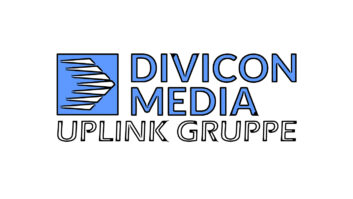The National Association of Black Owned Broadcasters isn’t wild about a compromise recently floated to relax the radio-newspaper cross-ownership rule that limits an entity from owning both in a market.
NABOB has now told the commission it has decided not to endorse the compromise, which, in the largest markets, would have allowed a radio licensee to own a daily newspaper in the same market as its stations, provided that licensee owns no more than two stations in that market.
In a letter to the commission, NABOB Executive Director/General Counsel Jim Winston says in a recent discussion with Commissioner Mignon Clyburn, the group stands by its previous position that there should be no relaxation at all of any of the broadcast media ownership rules.
Lobbyists for various organizations are meeting with commission officials in an effort to come to a compromise on various aspects of the FCC’s review of broadcast media ownership rules.
The Newspaper Association of America, meanwhile, says there was some concern among commission staffers during its recent lobbying visit about the quality of journalism at cross-owned newspapers. The NAA says cross-ownership bolsters local newsgathering by allowing newsrooms to pool resources and share breaking news tips.
“Cross-owned newspapers produce exceptionally high-quality journalism. Of the more than 1,300 daily newspapers in the United States, only about 25 are cross-owned with television stations due to grandfathering or waivers from the cross-ownership ban,” write NAA attorneys Kurt Wimmer and Jeff Kosseff of Covington & Burling. “These newspapers have received an extraordinary total of 30 Pulitzer prizes during the time that they have been cross-owned.”
Cox Media Group, which owns eight daily and 16 weekly newspapers, as well as 86 radio stations and 15 full-power TV stations, says it’s time for the radio-newspaper cross-ownership rule to go. Both short-term and long-term trends in the newspaper industry suggest readers can expect less professional journalism in coming years, citing the decision by several newspapers to cut back their print editions in the face of declining readership and revenue loss. Permitting cross ownership could slow and perhaps reverse these trends, according to Cox VP Regulatory Affairs Barry Ohlson.
Cox also says at a minimum, the FCC should carve-out radio entirely from the rule, because radio plays such a different role than either TV or newspapers. Cox supports a move from a contour-based approach to a modified DMA- and Arbitron Metro-based approach for identifying newspaper-broadcast combinations that would be covered by any remaining rule.












